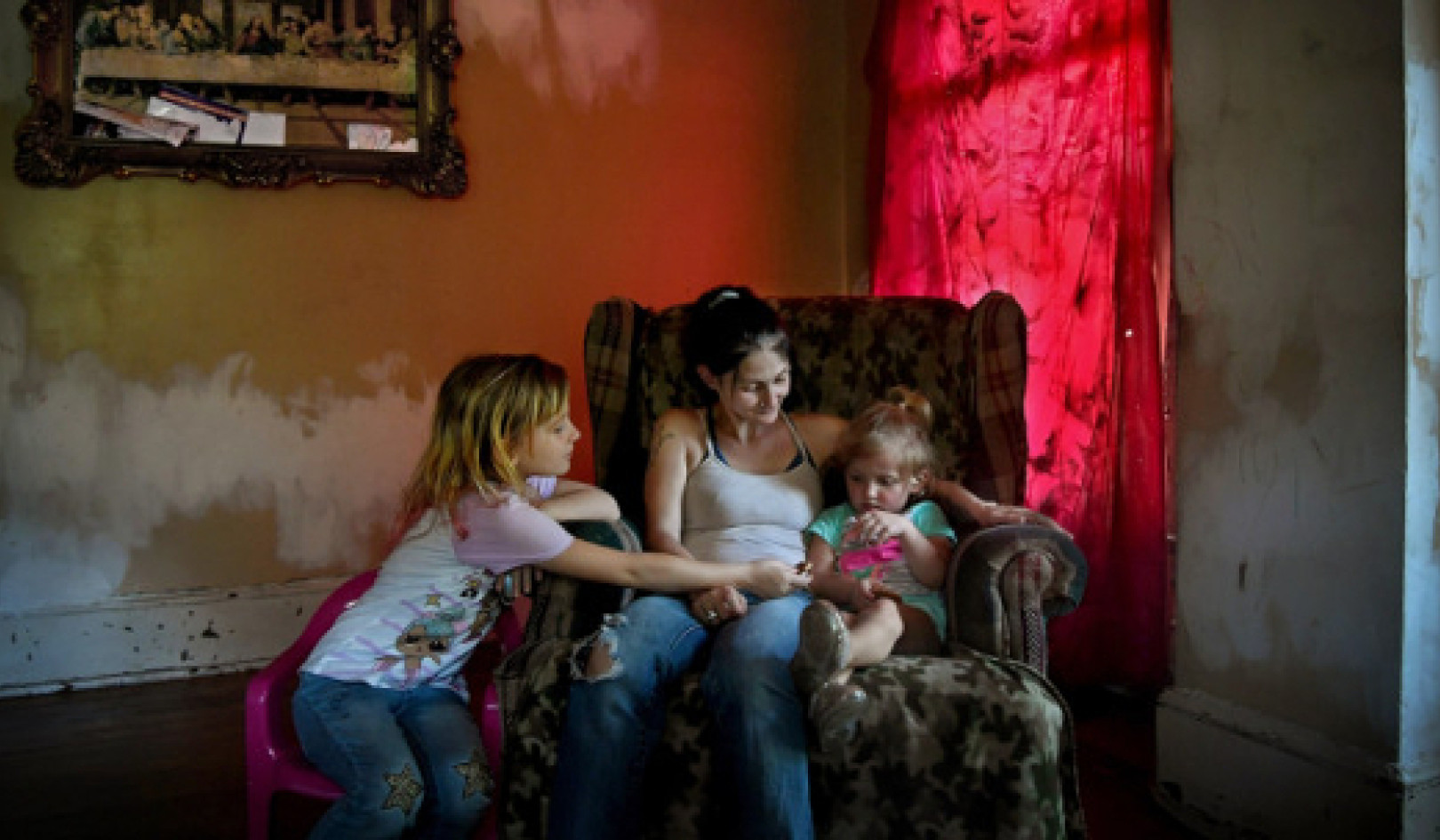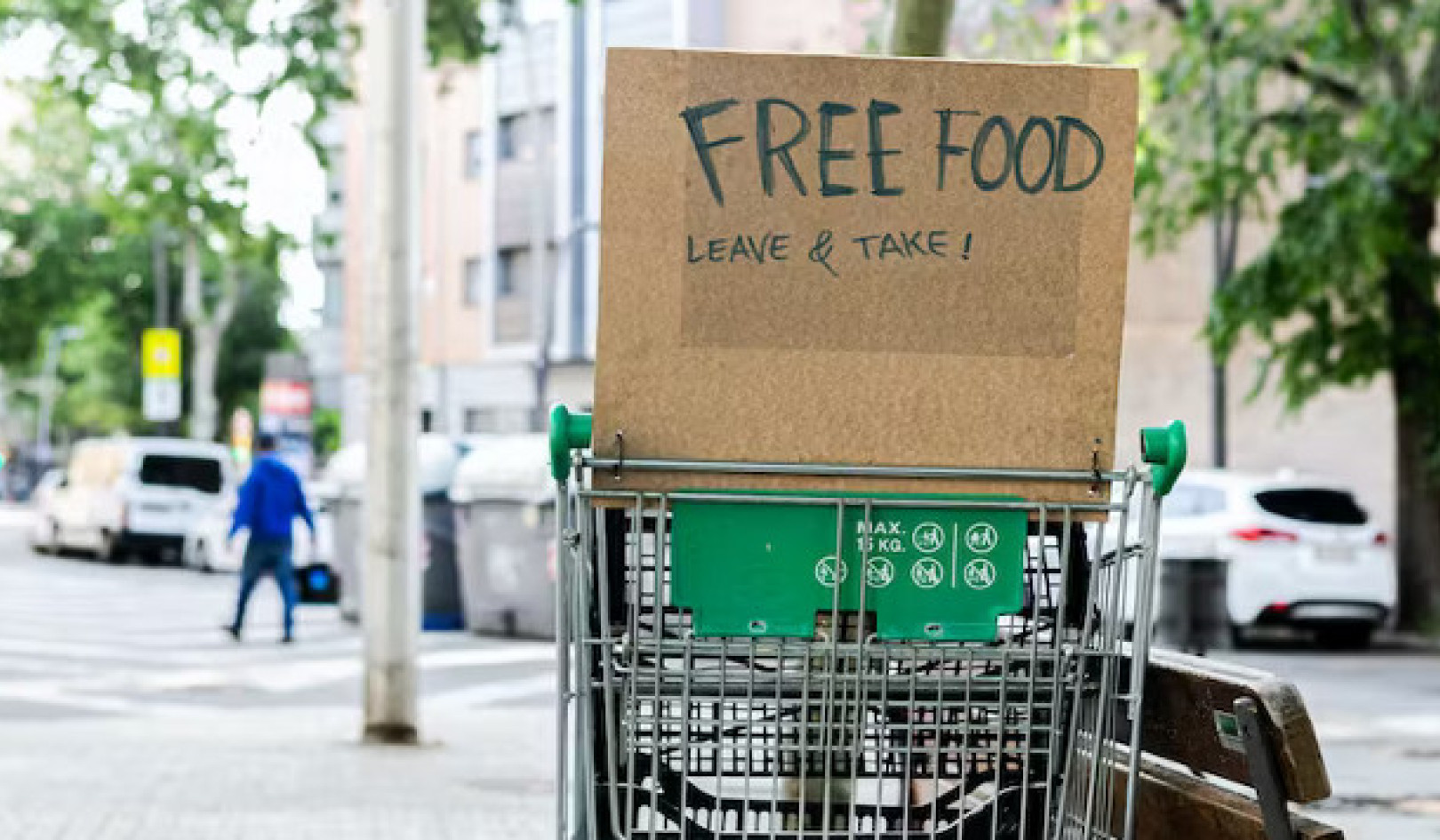Josh Frydenberg, a Victorian, wore a surgical mask as he walked from his parliament house office to a committee room to deliver the government’s economic statement.
The treasurer had already had to obtain permission from the ACT government to be in Canberra.
Symbolic reminders, as if anyone needed them, that Victoria holds the key to whether the dire budget numbers Frydenberg presented on Thursday represent the floor under this crisis, or they’re just a prelude to an even scarier set.
Frydenberg describes the numbers, including a projected deficit this financial year of $184.4 billion, as “eye-watering”.
For the millions of people either jobless or being precariously supported by JobKeeper, the most frightening figure will be 9.25% – the expected peak in the unemployment rate, coming by year’s end. (Of course that will be an understatement – Frydenberg told us the other day that already the real unemployment level has topped 11%.)
For these people, as well as the many others on squeezed incomes, it will be the bleakest Christmas imaginable.
But in this pandemic, Christmas is an eternity away, because so much is up in the air, as the economic statement indicates. Crucially, it assumes Victoria’s lockdown lasts just its scheduled six weeks. If things deteriorate, that could be extended; at worst, the lockdown could be toughened.
Then there’s NSW, which is holding the line on cases, but sits on a knife edge.
With Victoria exposed as the weak link in the nation’s health response, the Andrews government is under deserved criticism. It failed on quarantine; its tracing effort has been inadequate; there’s been conflicting information on isolating.
The virus is running through Victorian aged care facilities, both staff and residents. Indeed, the inability to protect this sector raises questions at a national level, given the likely problems with its workforces should have been addressed earlier and better.
If Victoria’s crisis deepens, the numbers in the economic statement will have to be drastically overhauled in the October budget, and more money spent.
Even if the health situation doesn’t worsen, it will be incredibly tough for many people as they compete for a limited pool of jobs, and for many businesses, some of which won’t make it to that “other side”.
Scott Morrison has won deserved praise for his handling of the pandemic and, as the situation stands, this week’s decisions appear appropriate.
Despite the government’s earlier hopes of “snapback”, extensions of JobKeeper and the Coronovirus Supplement to JobSeeker were vital to avoid the economy falling off that much-feared “cliff”.
From October the government is building in step-downs to lower payments; also, JobKeeper will be two-tiered.
Critics say the reductions will be premature, but on the assumption the economy will be transitioning, some winding back is reasonable. If the virus gets away from us, it will be another story.
The economic statement embraces, of necessity, debt and deficits of massive proportions. Net debt is forecast to increase to $677.1 billion by mid next year, 35.7% of GDP (in 2018-19 it was under 20%).
If anyone had told the Coalition when it was elected in 2013 that it would be presiding over such a debt level, let alone arguing its virtues, they’d have been laughed out of court.
But as Finance Minister Mathias Cormann said, “what was the alternative?” Australia is also in a much better position than many other countries to handle debt, given it started with it a low proportion to GDP. Moreover the funds can be borrowed extremely cheaply.
A pragmatic Morrison isn’t fretting about retiring that old “debt truck” to the junk yard, its tyres blown off, now it’s unfit for purpose.
In purely political terms, Morrison is well placed (which isn’t to say this will necessarily last). During the pandemic, people have looked to governments; historically low levels of trust have risen. It mightn’t stay like that on the long road ahead but this has helped the government so far.
The Morrison government does face criticism but it is muted or, to an extent, impotent.
The muted version comes from Labor, which picks around the edges of the government’s actions, while endorsing the headline measures. That’s about the only course Albanese’s opposition can take; in these desperate times, Labor is forced to the margins of relevance.
More interesting perhaps is the discontent on the right, which includes the government’s hardline supporters in the commentariat.
Many of these critics have been beside themselves, claiming the government has massively over-reacted to the virus. They would have the scales weighing health and economy reset to heavily favour the latter. The threat of COVID-19 has been much exaggerated, they insist, emphasising the mildness of the disease for most who get it. For these critics, the numbers in the economic statement are horrific.
The argument of those on the right is flawed in policy terms, and certainly not where the mainstream public sit. If COVID-19 produced a large death toll, the economy would tank a lot further. It’s fanciful to think activity and investment would swing along merrily.
Morrison has his eyes firmly on pushing ahead with a return to some sort of economic normality. But he also accepts the health imperative when circumstances force that. He didn’t attack Victoria’s new lockdown. Indeed, he has stopped chastising journalists for using the term “lockdown” (of which there are various versions).
With the economic statement out, attention will turn to the budget and the reform agenda.
This week we received a fresh strong signal on the latter, with Morrison again flagging he’s determined to leverage the crisis to achieve long-term industrial relations flexibility.
He has under way a negotiating process on workplace relations bringing together business, unions and government. While he’s looking for some agreement, this is also about legitimising the pursuit of change.
“We’ve been adopting a highly consultative approach,” he said. “But none of us are so naive to think that this will result in a complete agreement on all measures.
"I can assure you, we’ll put forward what we think is best for the Australian economy and for the Australian people. … We’ll seek to legislate that through the parliament.”
Morrison insists the economic statement is not a mini-budget. He’s right. It is an update of budget numbers – albeit like no other we’ve seen – plus the extension of existing programs. The decisions ahead will actually be harder to make than this week’s and, in some instances, a lot more difficult to sell.![]()
About The Author
Michelle Grattan, Professorial Fellow, University of Canberra
This article is republished from The Conversation under a Creative Commons license. Read the original article.
Recommended books:
Capital in the Twenty-First Century
by Thomas Piketty. (Translated by Arthur Goldhammer)
 In Capital in the Twenty-First Century, Thomas Piketty analyzes a unique collection of data from twenty countries, ranging as far back as the eighteenth century, to uncover key economic and social patterns. But economic trends are not acts of God. Political action has curbed dangerous inequalities in the past, says Thomas Piketty, and may do so again. A work of extraordinary ambition, originality, and rigor, Capital in the Twenty-First Century reorients our understanding of economic history and confronts us with sobering lessons for today. His findings will transform debate and set the agenda for the next generation of thought about wealth and inequality.
In Capital in the Twenty-First Century, Thomas Piketty analyzes a unique collection of data from twenty countries, ranging as far back as the eighteenth century, to uncover key economic and social patterns. But economic trends are not acts of God. Political action has curbed dangerous inequalities in the past, says Thomas Piketty, and may do so again. A work of extraordinary ambition, originality, and rigor, Capital in the Twenty-First Century reorients our understanding of economic history and confronts us with sobering lessons for today. His findings will transform debate and set the agenda for the next generation of thought about wealth and inequality.
Click here for more info and/or to order this book on Amazon.
Nature's Fortune: How Business and Society Thrive by Investing in Nature
by Mark R. Tercek and Jonathan S. Adams.
 What is nature worth? The answer to this question—which traditionally has been framed in environmental terms—is revolutionizing the way we do business. In Nature’s Fortune, Mark Tercek, CEO of The Nature Conservancy and former investment banker, and science writer Jonathan Adams argue that nature is not only the foundation of human well-being, but also the smartest commercial investment any business or government can make. The forests, floodplains, and oyster reefs often seen simply as raw materials or as obstacles to be cleared in the name of progress are, in fact as important to our future prosperity as technology or law or business innovation. Nature’s Fortune offers an essential guide to the world’s economic—and environmental—well-being.
What is nature worth? The answer to this question—which traditionally has been framed in environmental terms—is revolutionizing the way we do business. In Nature’s Fortune, Mark Tercek, CEO of The Nature Conservancy and former investment banker, and science writer Jonathan Adams argue that nature is not only the foundation of human well-being, but also the smartest commercial investment any business or government can make. The forests, floodplains, and oyster reefs often seen simply as raw materials or as obstacles to be cleared in the name of progress are, in fact as important to our future prosperity as technology or law or business innovation. Nature’s Fortune offers an essential guide to the world’s economic—and environmental—well-being.
Click here for more info and/or to order this book on Amazon.
Beyond Outrage: What has gone wrong with our economy and our democracy, and how to fix it -- by Robert B. Reich
 In this timely book, Robert B. Reich argues that nothing good happens in Washington unless citizens are energized and organized to make sure Washington acts in the public good. The first step is to see the big picture. Beyond Outrage connects the dots, showing why the increasing share of income and wealth going to the top has hobbled jobs and growth for everyone else, undermining our democracy; caused Americans to become increasingly cynical about public life; and turned many Americans against one another. He also explains why the proposals of the “regressive right” are dead wrong and provides a clear roadmap of what must be done instead. Here’s a plan for action for everyone who cares about the future of America.
In this timely book, Robert B. Reich argues that nothing good happens in Washington unless citizens are energized and organized to make sure Washington acts in the public good. The first step is to see the big picture. Beyond Outrage connects the dots, showing why the increasing share of income and wealth going to the top has hobbled jobs and growth for everyone else, undermining our democracy; caused Americans to become increasingly cynical about public life; and turned many Americans against one another. He also explains why the proposals of the “regressive right” are dead wrong and provides a clear roadmap of what must be done instead. Here’s a plan for action for everyone who cares about the future of America.
Click here for more info or to order this book on Amazon.
This Changes Everything: Occupy Wall Street and the 99% Movement
by Sarah van Gelder and staff of YES! Magazine.
 This Changes Everything shows how the Occupy movement is shifting the way people view themselves and the world, the kind of society they believe is possible, and their own involvement in creating a society that works for the 99% rather than just the 1%. Attempts to pigeonhole this decentralized, fast-evolving movement have led to confusion and misperception. In this volume, the editors of YES! Magazine bring together voices from inside and outside the protests to convey the issues, possibilities, and personalities associated with the Occupy Wall Street movement. This book features contributions from Naomi Klein, David Korten, Rebecca Solnit, Ralph Nader, and others, as well as Occupy activists who were there from the beginning.
This Changes Everything shows how the Occupy movement is shifting the way people view themselves and the world, the kind of society they believe is possible, and their own involvement in creating a society that works for the 99% rather than just the 1%. Attempts to pigeonhole this decentralized, fast-evolving movement have led to confusion and misperception. In this volume, the editors of YES! Magazine bring together voices from inside and outside the protests to convey the issues, possibilities, and personalities associated with the Occupy Wall Street movement. This book features contributions from Naomi Klein, David Korten, Rebecca Solnit, Ralph Nader, and others, as well as Occupy activists who were there from the beginning.
Click here for more info and/or to order this book on Amazon.























